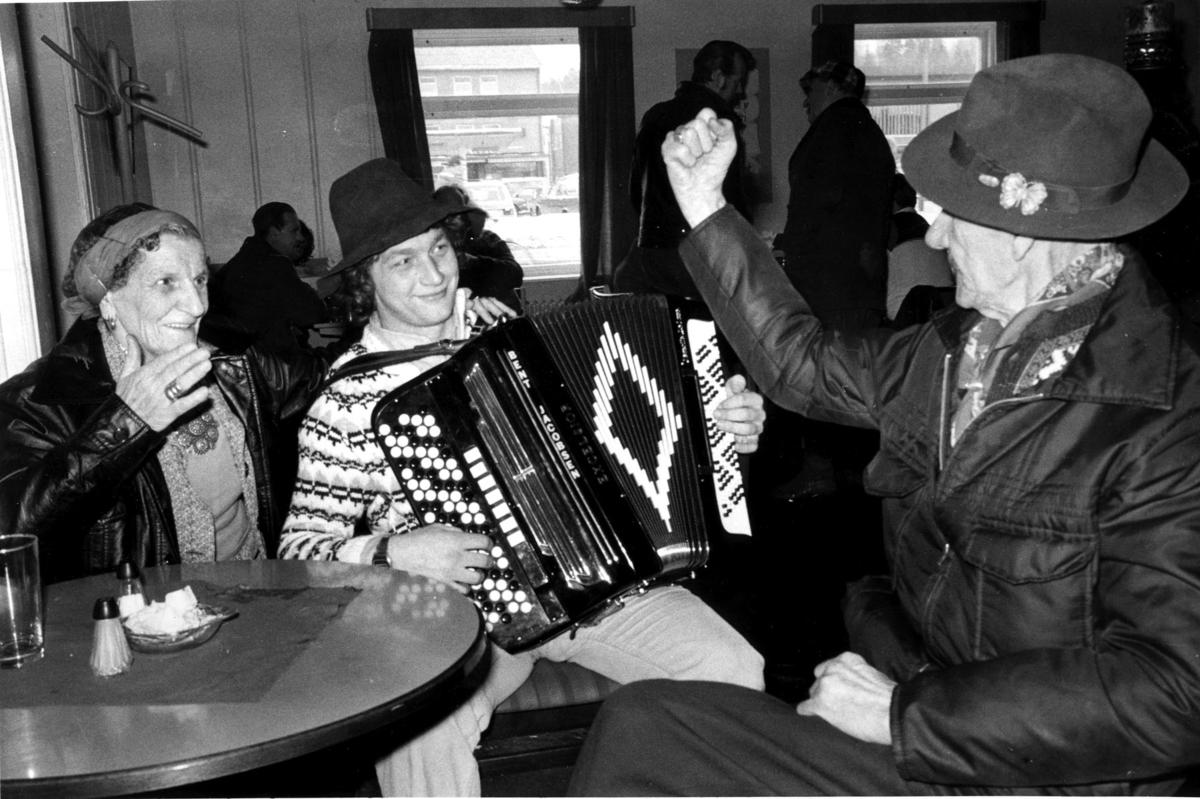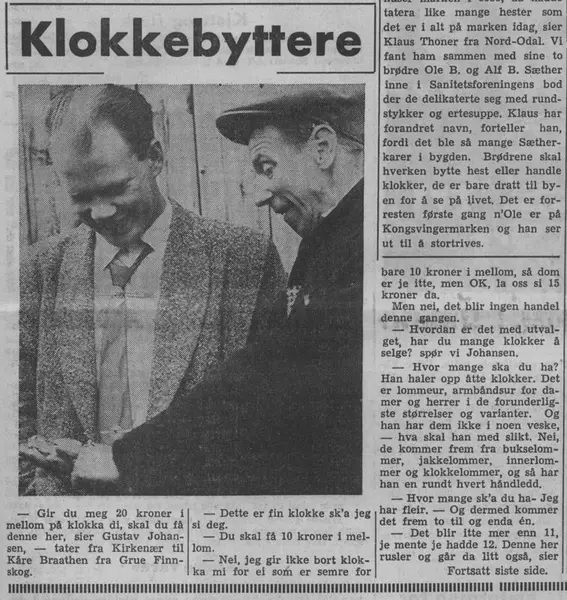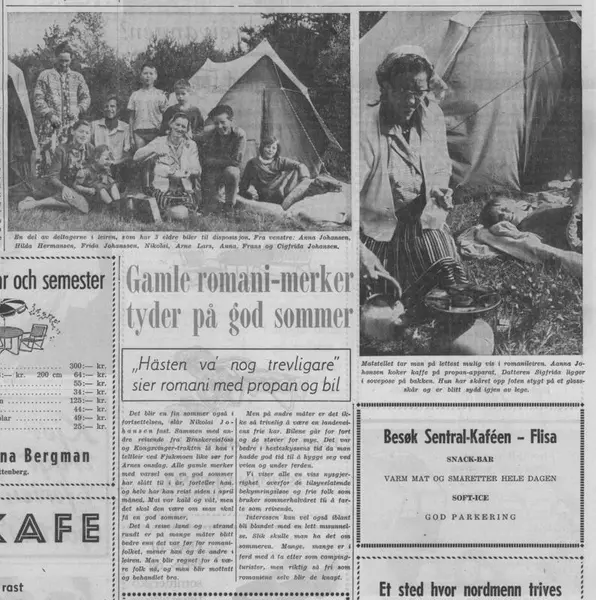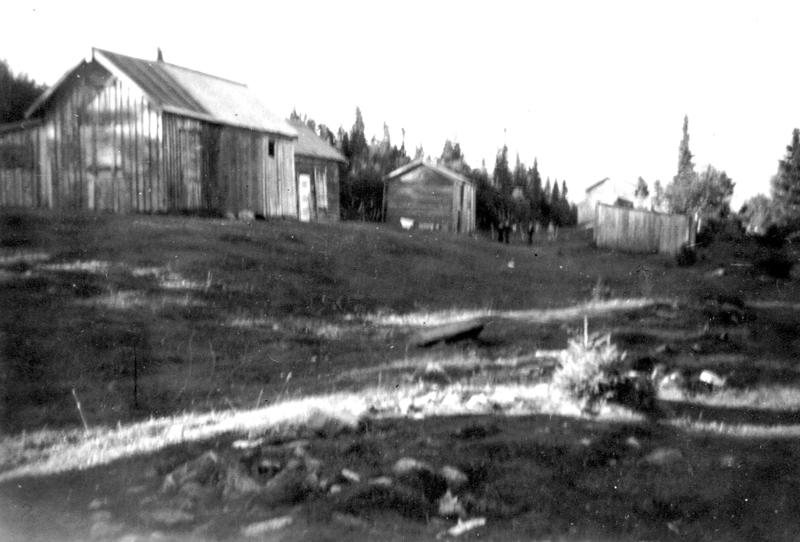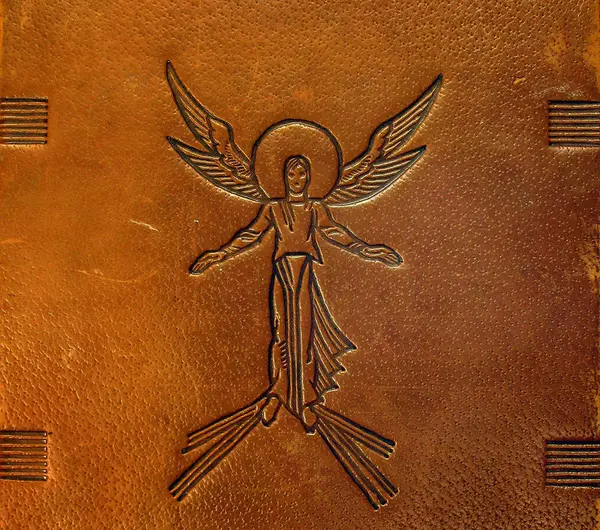The history of the Romani people in many ways shows an ambivalence in the relationship between between Travellers and residents. The meeting between them was characterised by negative attitudes and prejudices towards the Tater/Romani people, but also by a mutual recognition of the need for each other's services.
As the Romani people’s livelihood was selling goods and services to the permanent residents, they needed to maintain a good relationship with them. As many of the Travellers emphasise: "If it wasn’t for good village people, we wouldn't have made it!"
- 1/1
Gustav and Sofie Fredriksen of Gråberg at the Grundset Market, Elverum, 1972. Foto: Aage Storkløkken / Anno Glomdalsmuseet.
Why did the authorities and people in many local communities often react negatively to the Romani people? As Kjeldstadlie says, the freedom of the Romani people could seem both alluring and alienating for a farmer who was tied to land and property (Kjeldstadlie 2004). The Romani people’s apparent refusal to take permanent work and residence could make the farmer see them as irresponsible and not trustworthy. A travelling family who asked to spend the night and needed food could also be a big burden for a farming family with scarce resources and many mouths to feed.
On the other hand, the Romani people brought new knowledge, and goods that were useful to the farmer.
Positive newspaper stories
Although many stories about the Romani people had negative undertones and supported existing prejudices, the following articles adopt a different tone. Here, the authors of the articles have emphasised the positive meeting of cultures and the good relations between Travellers and residents.
- 1/5
”Watch traders”, Hamar Stiftstidende (local newspaper) 6 May 1959. - 2/5
“Old romany signs point toward a good summer”, Glåmdalen 15 June 1963. - 3/5
”I am proud of my people”, Dagbladet (national newspaper) 27 April 1974. - 4/5
”Good to be a traveler”, Glåmdalen (local newspaper) 13 August 1954. - 5/5
”Big-Johan is not afraid of the cold.” Glåmdalen 10 December 1943.
